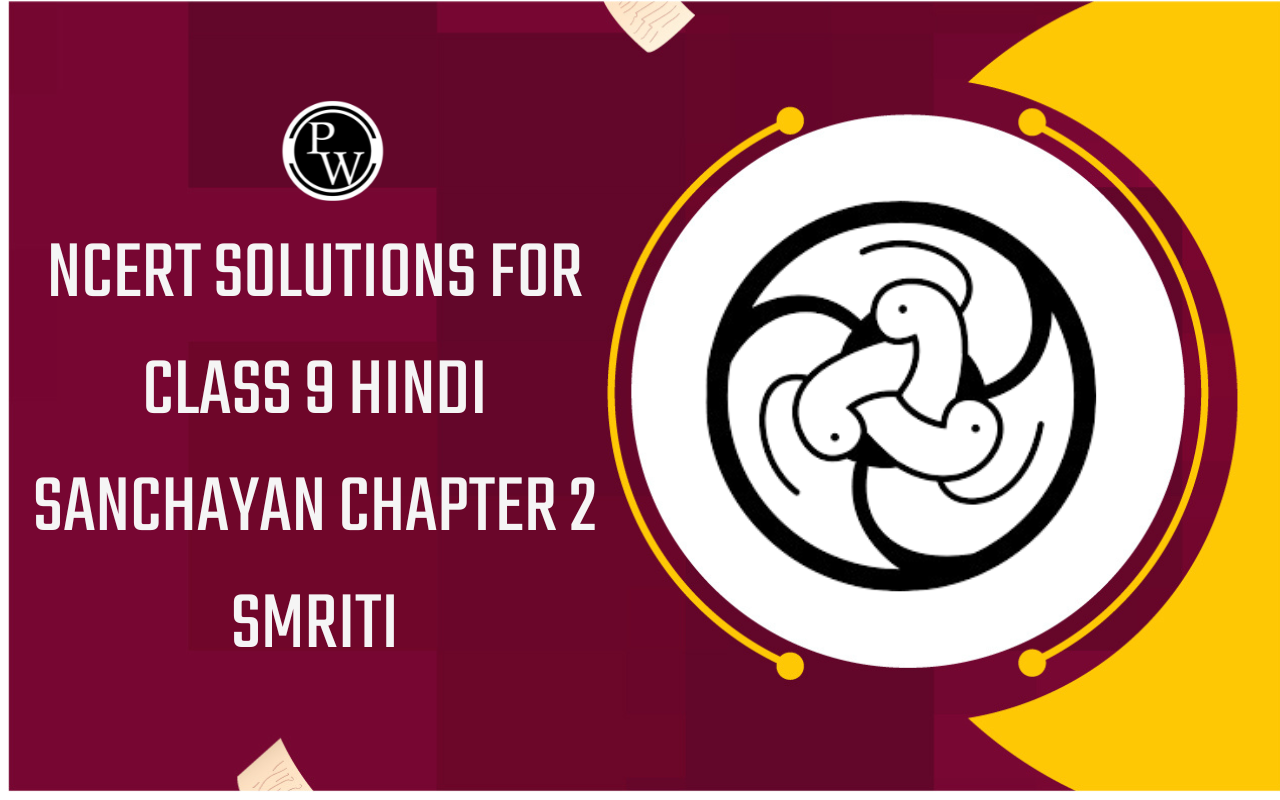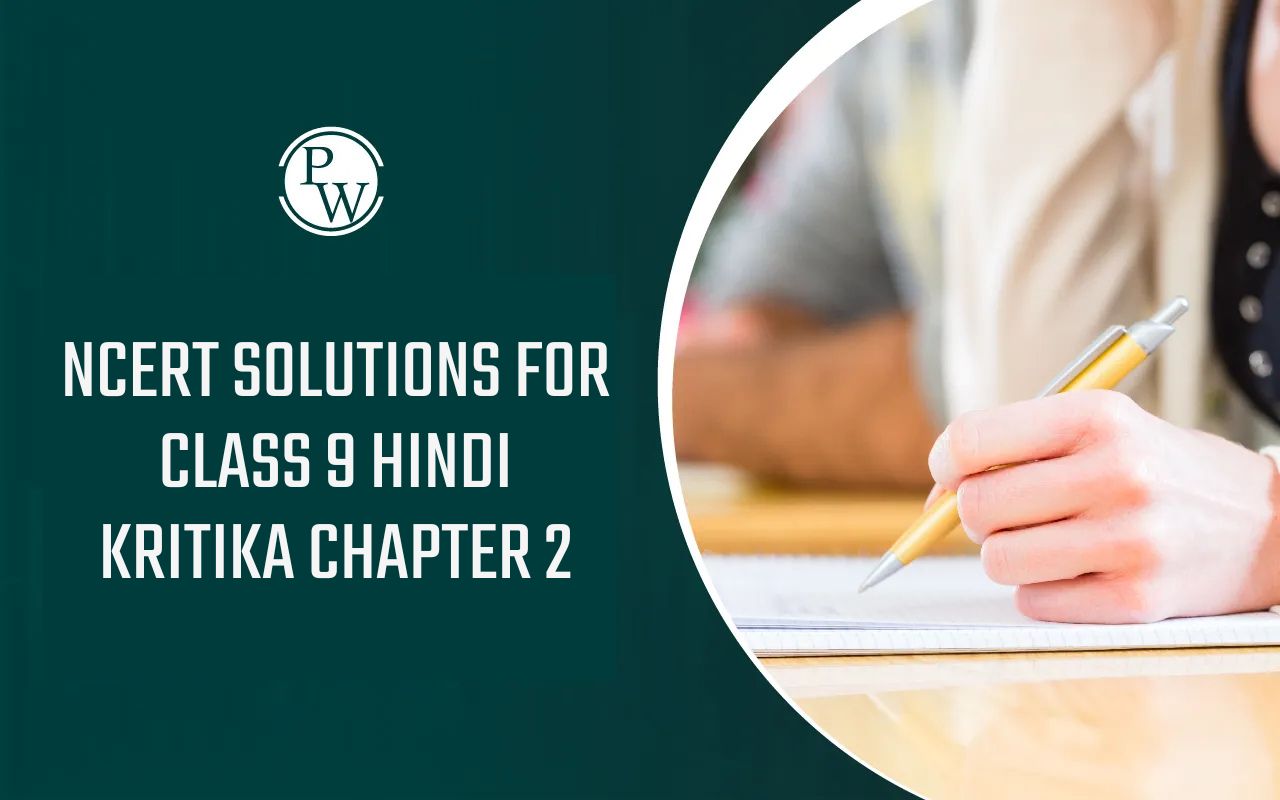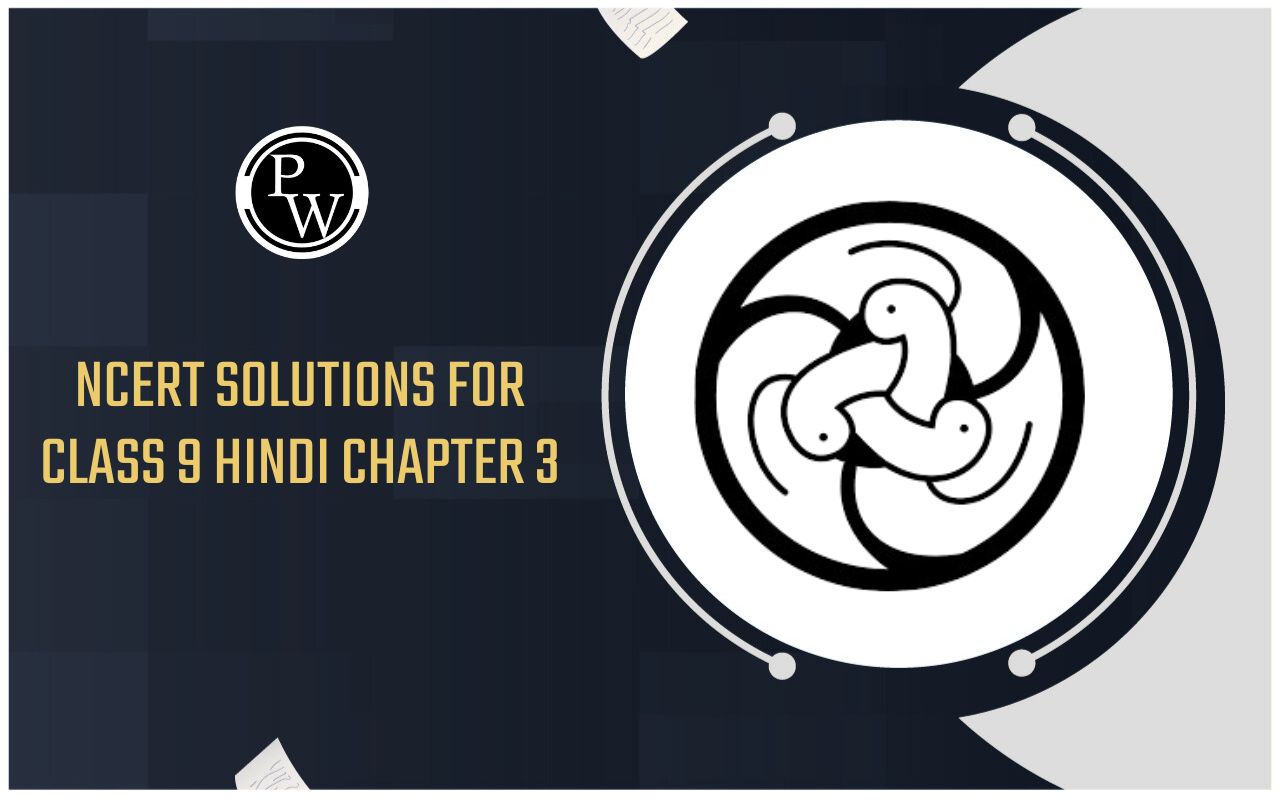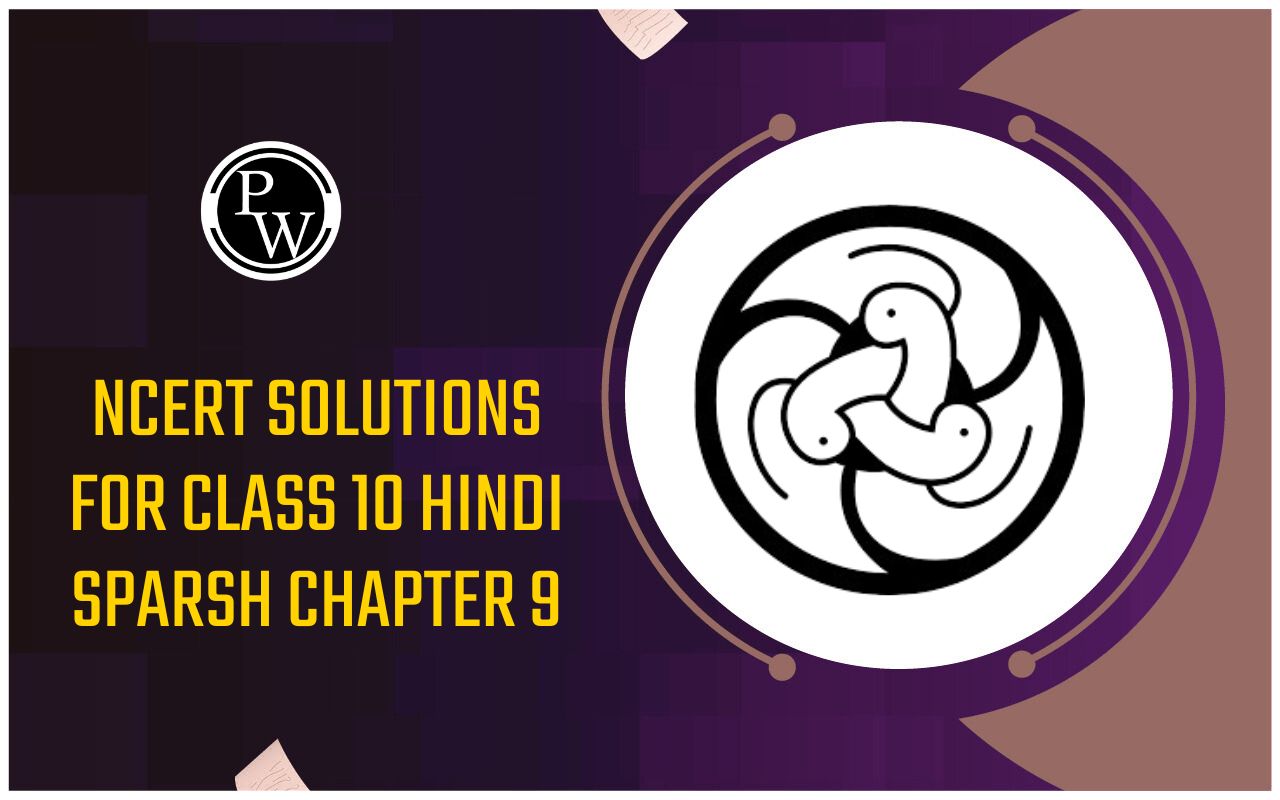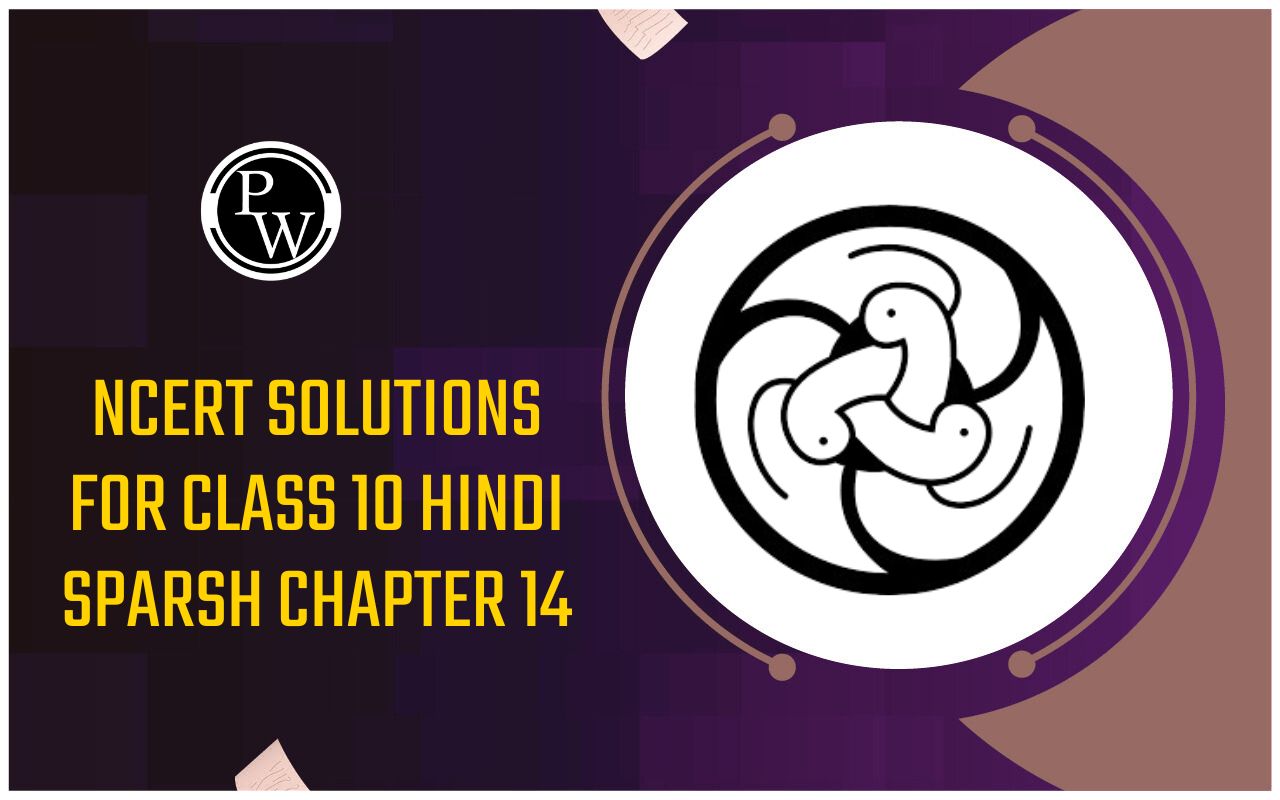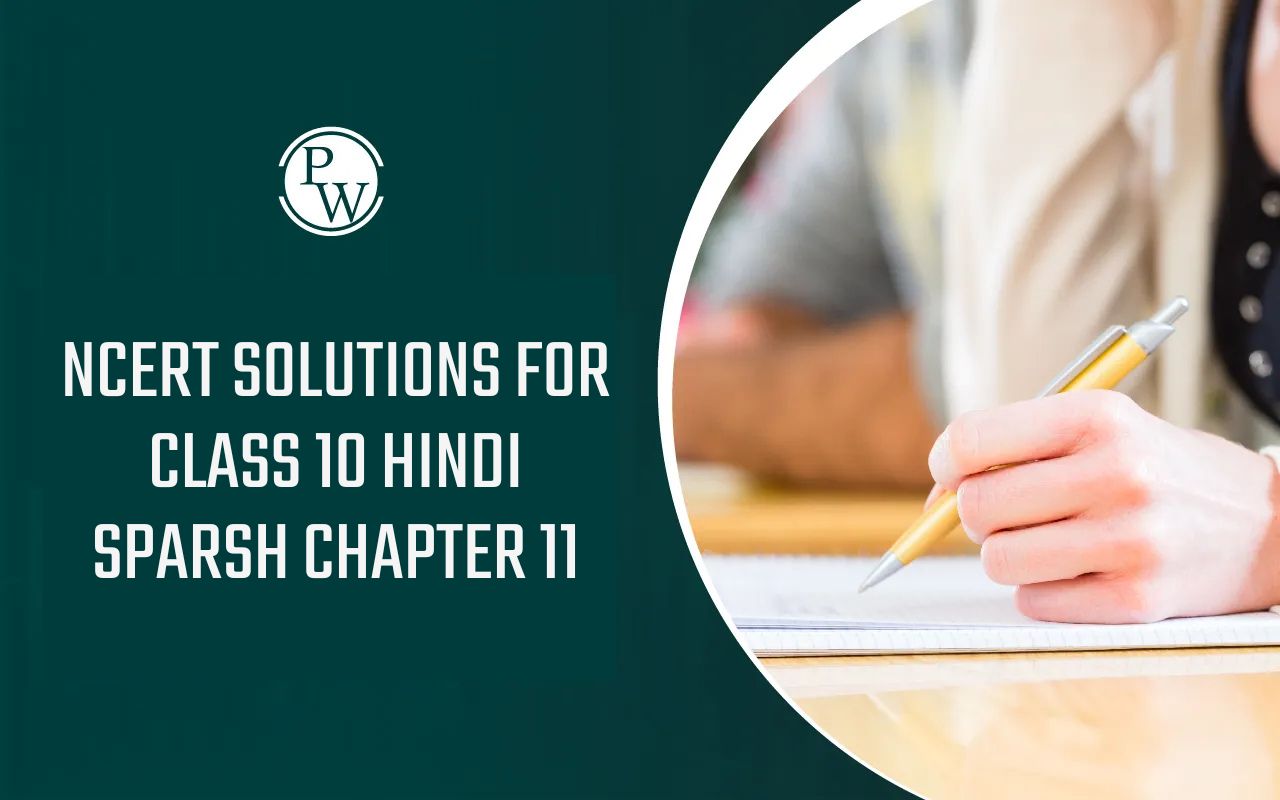
ICSE Worksheet for chapter-2 Chemistry Bonding class 10
Worksheet For class 10
This page is prepared by the Academic team of Physics Wallah which consists of ICSE Board Worksheet for Class 10 Chemistry . Students of Class 10 Chemistry can get a free Worksheet for Class 10 Chemistry in PDF format prepared as per the newest syllabus and examination pattern in your schools.
Standard 10 students can practice questions and answers which are given here for Chemistry in Grade 10 that will help them to improve their knowledge of all important chapters and their topics. Students can also download free pdf of Class 10 Chemistry Notes prepared by teachers and solve important problems provided here with solutions on daily basis to get more scores in school exams and tests.
If any students need to take the online test to check their concepts or undertstanding then they can visit Chemistry Quiz for Class 10 .
Summary
- Introduction, reasons for chemical bonding.
- Types of bonds- Electrovalent and Covalent bond.
- Periodic properties which affect chemical bond formation.
- Ionization potential
- Electron affinity
- Electronegativity
- Examples of electrovalent compounds- NaCl, CaO, MgCl 2.
- Examples of covalent compounds: H 2 , Cl 2 , O 2 , N 2 , CCl 4 , CH 4 , CH 4 , H 2 O, NH 3 .
- Co-ordinate bond- H 3 O + , NH 4 + .
Section - 1
Q1. Name of the following statements:
- Number of protons in the nucleus of an atom.
- Arrangement of electrons in respective shells of atoms.
- Electrons lost or gained by an atom in compound formation.
- Two molecules which are polar.
- A molecule with little affinity.
- Element having eight electrons in their outermost shell.
- Bond present in metallic chloride and two chlorine atoms.
- One polar covalent molecule.
- Usual number of electrons in the outermost shell of an atom of a noble (or inert) gas.
- A particle without any electrons.
- An atom without neutrons in its nucleus.
- Name two cationsiso-electronic to neon.
- Name two anions iso-electronic to argon.
Q2. Give two examples of polar covalent compounds and two examples of non-polar covalent compounds.
Q3. Match the following columns A and B.
| Column A | Column B |
|---|---|
| A. Metal | a)Methane (CH 4 ) |
| B. Covalent compound | b)Sodium chloride (NaCl) |
| C. Non-polar | c) Selenium (Se) |
| D. Polar | d) Chloride ion (Cl -) |
| E. Non-metal | e)Aluminum (Al) |
| F. Electrovalent compound | f)Carbon dioxide (CO 2 ) |
| G. Anion | g) Hydrogen Chloride (HCl) |
| H. Cation | h) Potassium ion (K + ) |
Section - 2
- Q4. On what factors the formation of an ionic compound depends?
- Q5. Which conditions are necessary for the formation of co-ordinate bond?
- Q6. Explain the formation of H 3 O + and NH 4 + ion.
- Q7. Give one property of hydrogen chloride which agrees with it being a covalent compound.
- Q8. Give one property of magnesium chloride which agrees with it being an ionic compound.
- Q9. Name one compound which is covalent, but on dissolving in water conducts electricity?
- Q10. Which property of the above compound agrees with the being of a covalent compound?
- Q11. Why are ionic compounds crystalline solid and soluble in water ?
- Q12. What are the conditions for the formation of an electrovalent bond ?
-
Q13.
Predict the type of bond (ionic or covalent) likely to be formed when pair elements having atomic number combine:
- 3 and 7
- 6 and 9
- 11 and 16
- 14 and 12
- 8 and 16
-
Q14.
The distribution of electrons in three elements is as under: U = 2, 6; V = 2, 8, 7 and W = 2, 8, 1.Use the letter U, V and W as the symbols of elements in answering the following questions. In each case, state whether the bonding is ionic or covalent, and give the formula of molecule or compound formed:
- Between two atoms of U
- Between U and W
- Between V and W.


